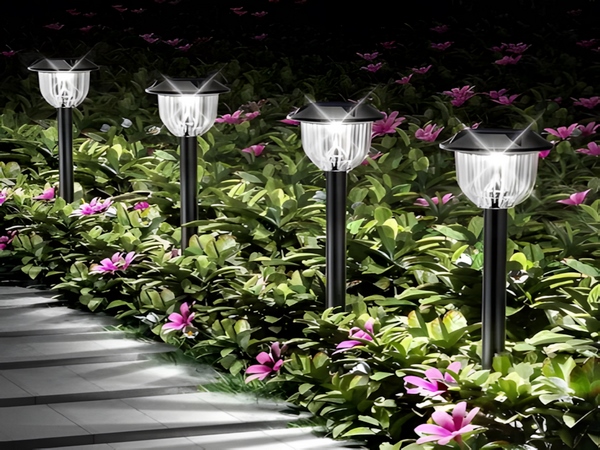

The long-term operation of LED street lighting systems can lead to an increase in the ambient temperature of the light fixtures. If heat is not dissipated in a timely manner, it can significantly affect the lifespan of the fixtures, potentially leading to damage of the LED streetlight heads.
During operation, LED semiconductor light-emitting diodes generate heat, which is somewhat dependent on the overall light emission efficiency. Under the influence of external electrical energy, the radiative recombination of electrons and holes results in electroluminescence. The light emitted near the PN junction must pass through the semiconductor medium and packaging material of the LED chip to reach the exterior.
The main components of LED streetlights, which are designed with LED light sources, include LEDs, heat dissipation structures, drivers, and lenses. Consequently, heat dissipation is crucial, as thermal management poses significant challenges in high-brightness LED applications. Due to the limitations of the solubility of magnesium in p-type doping and the high activation energy for holes, heat is particularly generated in the p-type region, necessitating dissipation through the entire structure to the heat sink.
The heat dissipation pathways for LED devices primarily involve thermal conduction and convection. The extremely low thermal conductivity of the substrate material increases thermal resistance, causing significant heating effects that can devastatingly impact the performance and reliability of the devices. The concentrated heat within the small chip raises the temperature, causing non-uniform thermal stress, which leads to a decline in chip luminous efficiency and phosphor excitation efficiency. When the temperature exceeds a certain value, the failure rate of the devices increases exponentially.

Taking into account current injection efficiency, radiative quantum efficiency, and external extraction efficiency, roughly only 30-40% of the input electrical energy is converted into light energy, while the remaining 60-70% primarily converts to heat through non-radiative recombination and lattice vibrations. The stability and quality of LED street lights are significantly influenced by the heat dissipation capabilities of the light fixtures themselves. In the market, high-brightness LED street lights often rely on natural heat dissipation, which results in suboptimal heat dissipation performance.
LED streetlight manufacturers specialize in the research, development, production, and sales of outdoor lighting products. If you wish to understand more about LED streetlight prices or wish to purchase LED streetlights, please contact the customer service hotline for streetlights.



